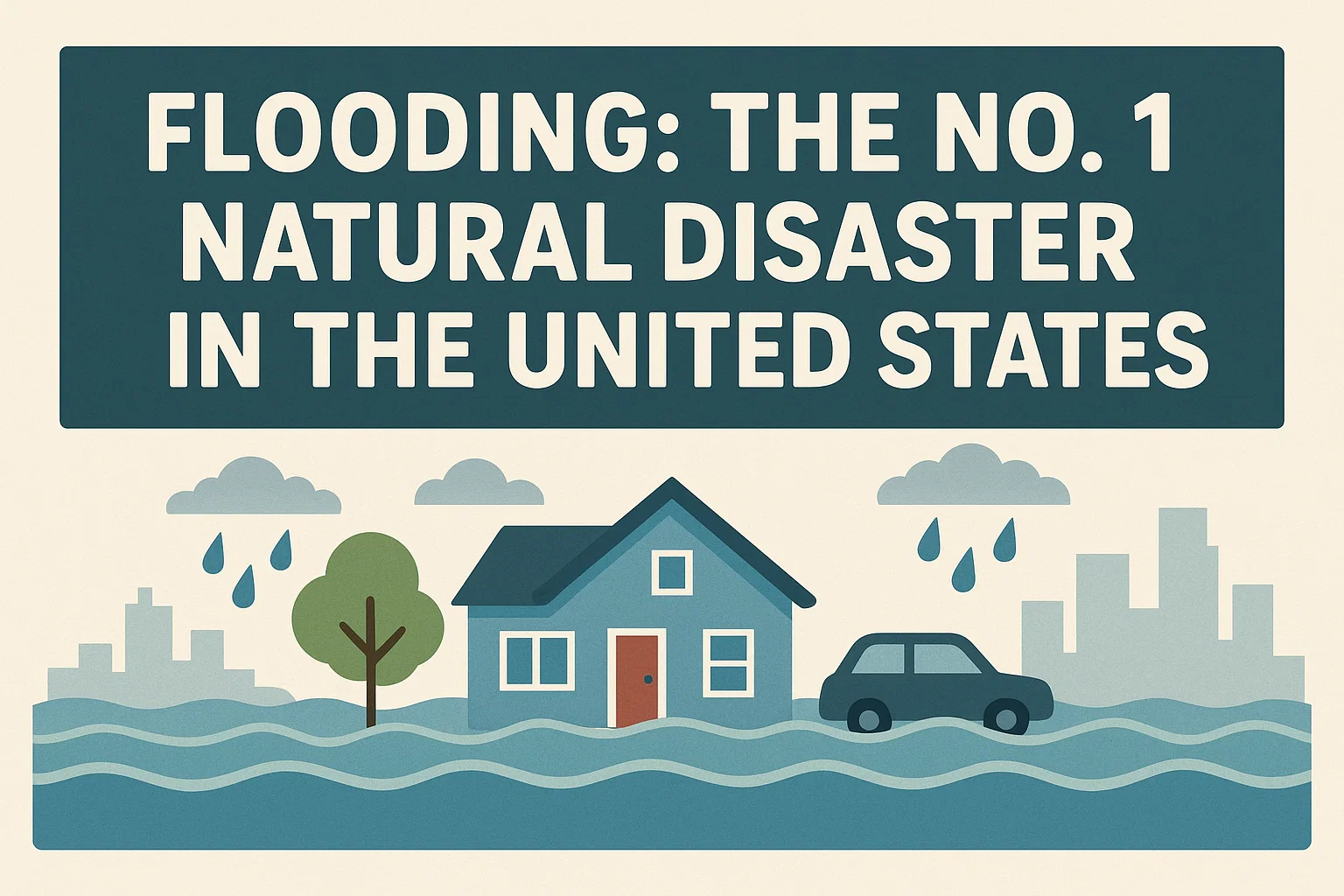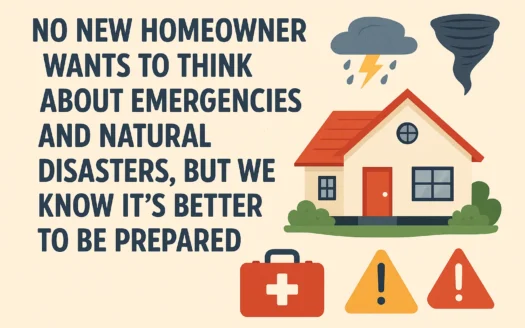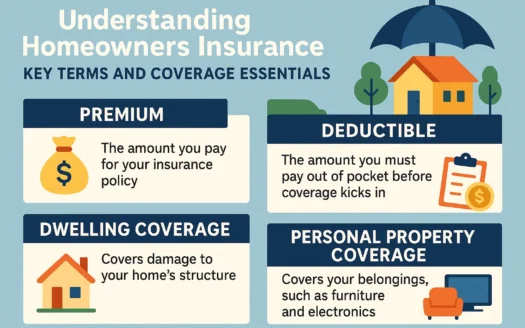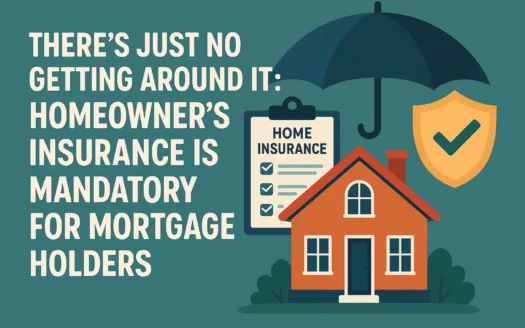Flooding: The No. 1 Natural Disaster in the United States
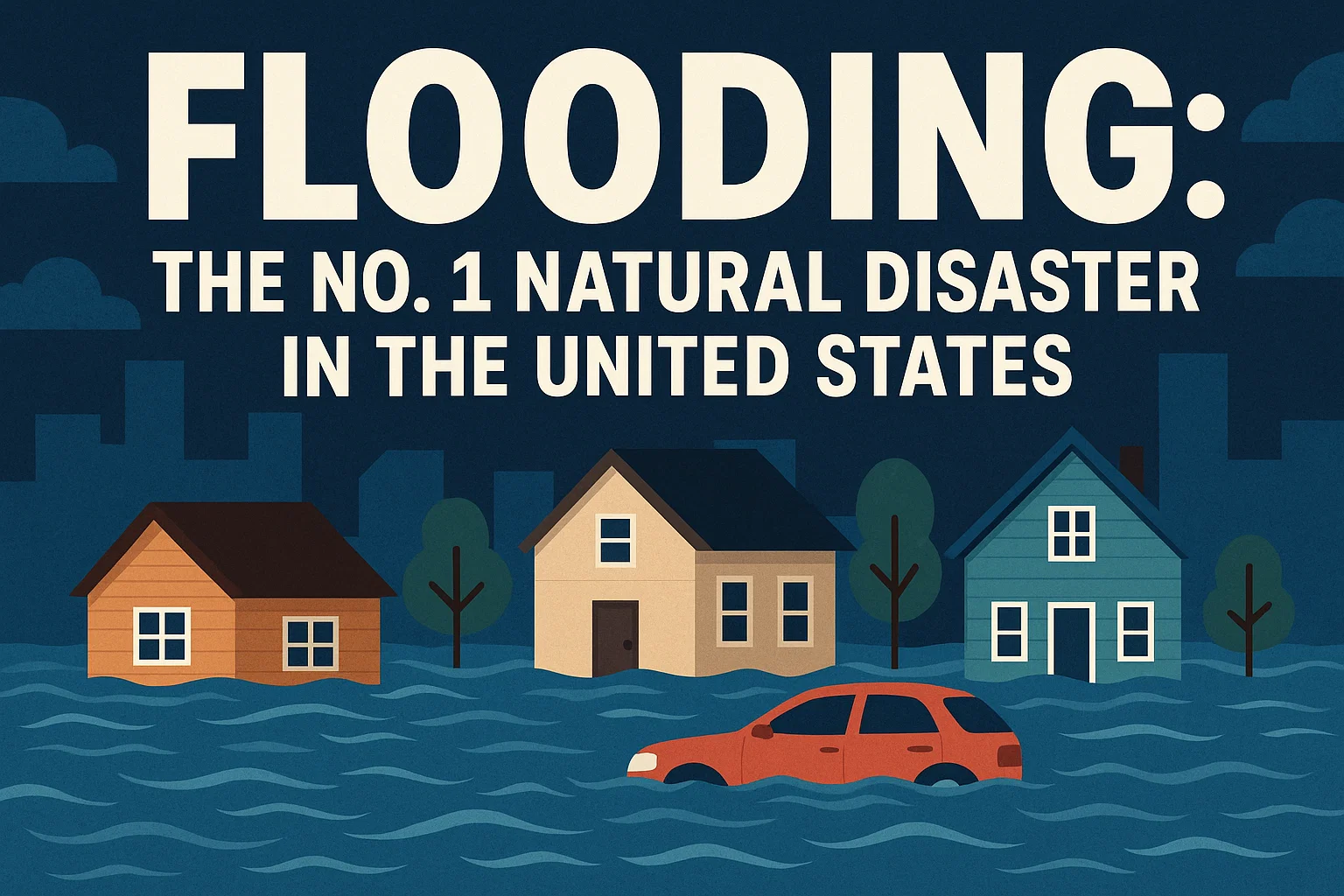
Flooding: The No. 1 Natural Disaster in the United States
Flooding impacts every U.S. state, devastating communities, destroying neighborhoods, and displacing families. With risks extending far beyond coastal regions, homeowners often wonder about their insurance coverage. Here are 10 essential facts about flood insurance:
1. Standard Home Insurance Policies Don’t Cover Flooding
While standard policies cover water damage from sources like burst pipes, flood damage requires separate coverage. Mortgage lenders often mandate flood insurance for high-risk areas, and federal law requires it for properties in Special Flood Hazard Areas.
2. The Federal Government Provides Flood Insurance
The National Flood Insurance Program (NFIP), managed by FEMA, offers coverage through private insurers. Check eligibility via FloodSmart.gov. Eligible homeowners can purchase both building property (up to $250,000) and personal contents coverage (up to $100,000).
3. What the NFIP Covers
Building coverage includes structural elements and systems at replacement cost. Contents coverage protects personal belongings at depreciated value, with $2,500 for valuables like jewelry. Separate policies are required for full protection.
4. Private Flood Insurance Is Available, Too
Private insurers offer supplemental coverage for high-value homes (>$250K) with benefits like faster claims processing and temporary housing coverage. However, premiums are significantly higher in high-risk areas, and availability varies by location.
5. What Flood Insurance Does Not Include
- Preventable mold/mildew damage
- Earth movement damage
- Additional living expenses
- External structures (pools, patios, etc.)
6. What Flood Insurance Costs
Premiums depend on flood risk zone, home characteristics, and deductible choice. High-risk areas pay 5X more than low-risk zones. Mitigation measures like flood boards or drainage systems may reduce costs.
7. Calculate Your Flood Risk
Use FEMA’s Flood Map Service Center to check your Flood Insurance Rate Map (FIRM). Western states should particularly note wildfire-related flood risks post-blazes.
8. Wind-Driven Rain Is a Different Story
NFIP only covers water entering through ground-level flooding affecting ≥2 properties. Wind-damaged roof leaks fall under standard homeowners insurance.
9. The 30-Day Activation Rule
Policies take effect 30 days after purchase. Don’t wait for storm forecasts – secure coverage during dry seasons.
10. Historic Payouts Highlight Importance
NFIP has paid:
- $16.3B for Hurricane Katrina (2005)
- $8.9B for Hurricane Harvey (2025)
- $8.8B for Superstorm Sandy (2012)
The average claim exceeds $69,000. Federal disaster loans (max $5K-$10K) pale in comparison to insurance protection.
Final Note: With 20% of claims coming from moderate/low-risk zones, flood insurance provides critical financial security regardless of location.
